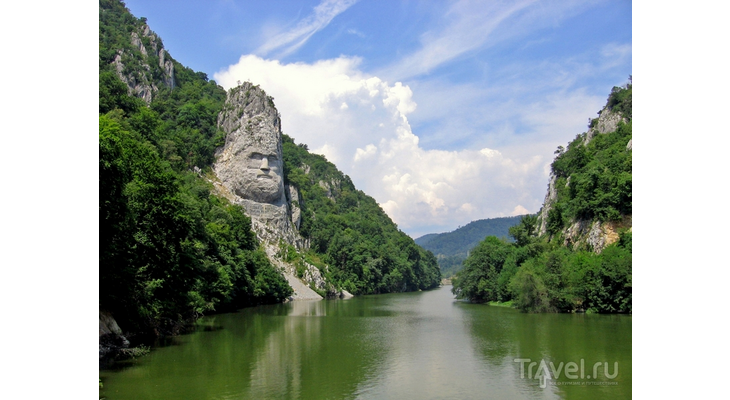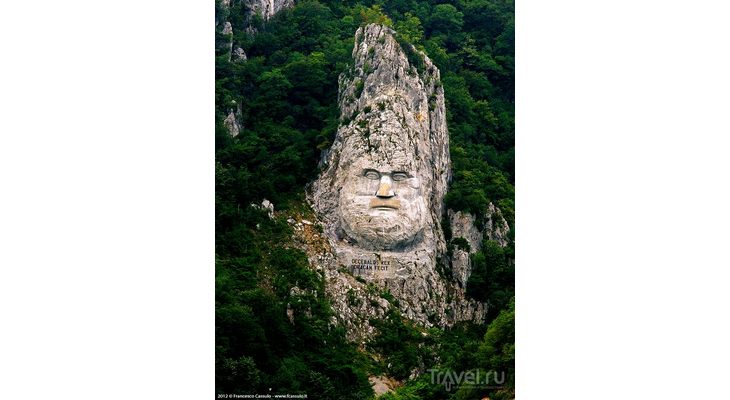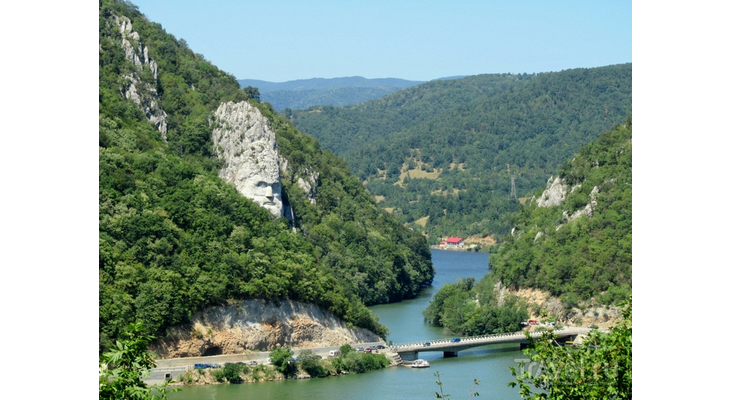1. Burebista – King of the Dacians
2. Decebal
3. Basarab I the Founder
4. Vlad III the Impaler
5. Stephen the Great
6. Michael the Brave
7. Ion Antonescu
8. Mircea Eliade
9. Nicolae Ceaușescu
10. Sergiu Nicolaescu
Decebal (49 AD – 106 AD)
King of the Dacians, renowned for his wars against the Roman Empire.
As soon as Decebal took power, he united all the Dacian tribes and invaded the Roman province of Moesia (southeast of the Balkan Peninsula), where he defeated the army of the Roman governor Oppius Sabinus.
The Empire quickly reacted to the barbarian invasion by sending troops to Moesia, but Decebal defeated the Romans once again and captured all the Roman standards (in 87 AD).
In 88 AD, Emperor Domitian sent legions to Dacia under the command of General Julian. The decisive battle took place at Tapae (in Transylvania), and the Dacians were defeated. However, fortunately for Decebal, the Germanic tribes on the Danube seized the moment to rebel, and the Roman legions could no longer remain in Dacia. A hasty peace unfavorable to Rome was concluded with Decebal.
In 101 AD, Emperor Trajan invaded Dacia. The Dacian capital, Sarmizegetusa (in Romania), fell under the might of the Roman army, and Decebal was forced in 102 AD to accept Roman garrisons for occupation. However, by 105 AD, the freedom-loving Dacians launched a large-scale uprising, destroying part of the occupying forces and invading Moesia.
In response to the rebellion, Trajan recaptured Sarmizegetusa, punished the inhabitants severely, and pushed the Dacians into remote areas of the country.
Decebal, unwilling to surrender, committed suicide by piercing himself with his sword.
Today, the largest monument in Europe, carved from a monolithic rock, stands on the border between Romania and Serbia.
The statue of King Decebal, famed for his frequent raids on the Roman Empire, was built over ten years and completed in 2004.
The 40-meter-high and 25-meter-wide sculpture was created by 12 sculptor-climbers. The location was not chosen by chance: it was here, in the narrow gorge of the Danube, that Roman Emperor Trajan achieved his final victory over the Dacian army in 105 AD, constructing a bridge across the river.
More than a ton of dynamite was used to create the composition. The rock, serving as the base for the monumental bust of the Dacian king, rises above the majestic Iron Gates canyon (Romanian: Porțile de Fier).
The statue of Decebal, which cost more than one million dollars to create, was commissioned by Romanian businessman and historian Iosif Constantin Drăgan.











